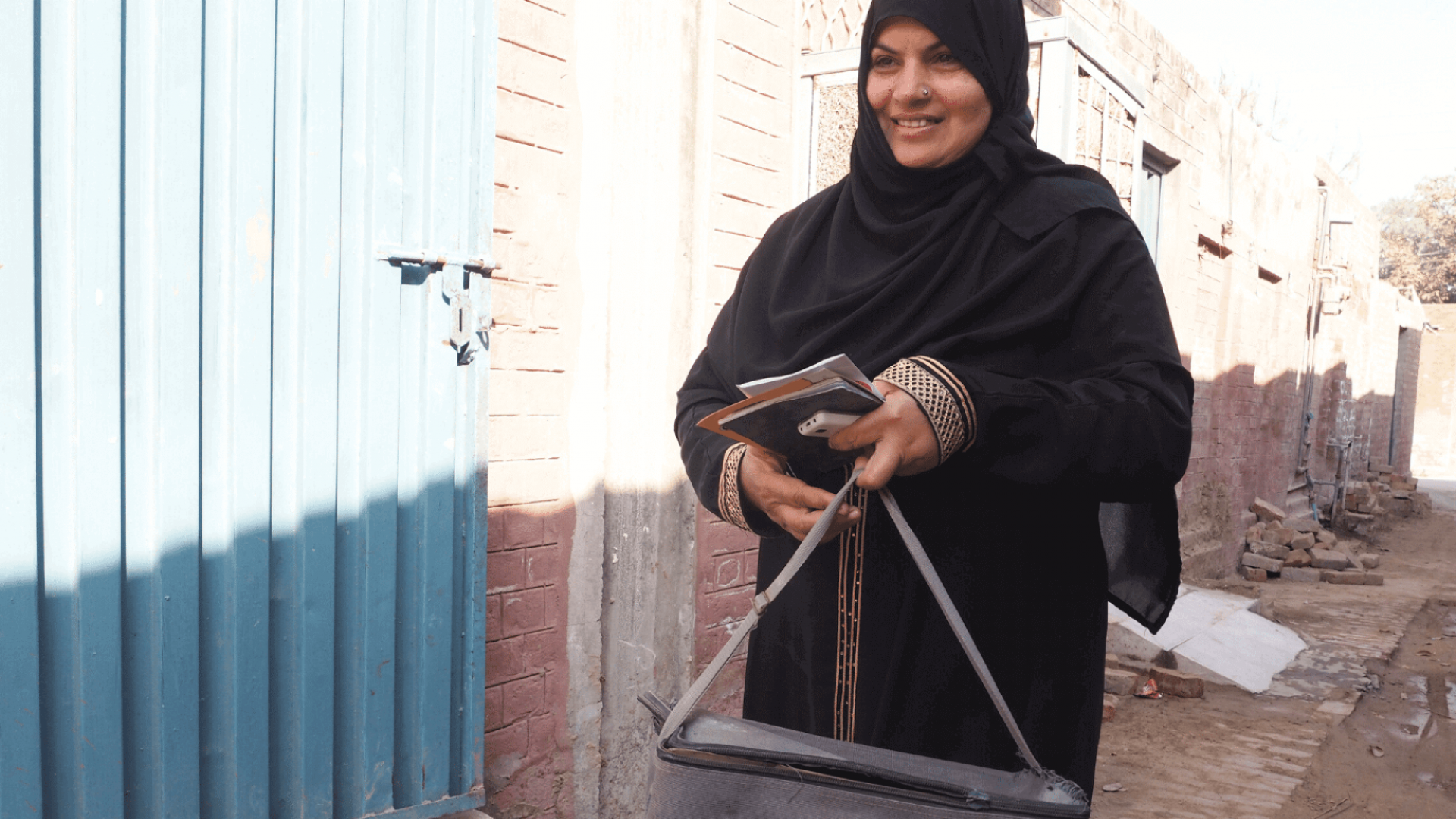The International Diabetes Federation estimates that currently there are approximately 463 million people living with diabetes worldwide, requiring regular diabetic eye care, preferably by imaging the retina, in order to provide timely treatment to those with sight threatening disease.1 Since 2000, in many parts of the world teleophthalmology using mobile fundus cameras have enabled a large proportion of those requiring retinal photography to be imaged.2,3 However, the human workforce skilled in analysing these images is insufficient in size, with marked distributional imbalances between populations in need and practioners.2,4
Artificial intelligence has the potential to fill the gap for safe and timely provision of image analysis for diabetic eye disease. Using AI in diabetic eye care is compelling on several levels as the disease, its risk factors and its progression to sight-threatening stages are well characterized and understood from landmark studies.5 In an ideal world, AI would provide assistance to diabetic eye care on multiple levels, none of which have been fully realised so far.6,7
There are numerous AI systems in different stages of development and regulatory approval providing either automated or computer-assisted detection of diabetic eye disease.7-9 However, their design, validation, classification systems, decision-making capability, and the cost-effective incorporation into existing healthcare systems are some of the issues with which many countries are currently struggling.8 The main focus of research and implementation strategy is to identify lesions on images taken by certain fundus cameras, however, their inability to generalize their learning to different camera systems and different populations is a major limitation, one for which solutions have only recently started to be developed.10 An ideal system would be able to evaluate image quality at the time of acquisition, alert the technician to sub-optimal image quality and the need to repeat image acquisition, and detect disease progression in a series of images. In addition to the technical limitations, patients’ and healthcare professionals’ concerns on quality and repeatability and the medico-legal issues arising from misdiagnosis must be addressed so AI can become an integral part of diabetic eye care safely.11
- Saeedi P, Petersohn I, Salpea P, et al. Global and regional diabetes prevalence estimates for 2019 and projections for 2030 and 2045: Results from the International Diabetes Federation Diabetes Atlas, 9(th) edition. Diabetes Res Clin Pract 2019; 157: 107843.
- Vujosevic S, Aldington SJ, Silva P, et al. Screening for diabetic retinopathy: new perspectives and challenges. Lancet Diabetes Endocrinol 2020; 8(4): 337-47.
- Constable IJ, Yogesan K, Eikelboom R, Barry C, Cuypers M. Fred Hollows lecture: digital screening for eye disease. Clin Exp Ophthalmol 2000; 28(3): 129-32.
- Bastawrous A, Hennig BD. The global inverse care law: a distorted map of blindness. Br J Ophthalmol 2012; 96(10): 1357-8.
- Yau JW, Rogers SL, Kawasaki R, et al. Global prevalence and major risk factors of diabetic retinopathy. Diabetes Care 2012; 35(3): 556-64.
- Cheung N, Mitchell P, Wong TY. Diabetic retinopathy. Lancet 2010; 376(9735): 124-36.
- Tufail A, Kapetanakis VV, Salas-Vega S, et al. An observational study to assess if automated diabetic retinopathy image assessment software can replace one or more steps of manual imaging grading and to determine their cost-effectiveness. Health Technol Assess 2016; 20(92): 1-72.
- Nguyen HV, Tan GS, Tapp RJ, et al. Cost-effectiveness of a National Telemedicine Diabetic Retinopathy Screening Program in Singapore. Ophthalmology 2016; 123(12): 2571-80.
- Grzybowski A, Brona P, Lim G, et al. Artificial intelligence for diabetic retinopathy screening: a review. Eye (Lond) 2020; 34(3): 451-60.
- Ting DSW, Cheung CY, Lim G, et al. Development and Validation of a Deep Learning System for Diabetic Retinopathy and Related Eye Diseases Using Retinal Images From Multiethnic Populations With Diabetes. JAMA 2017; 318(22): 2211-23.
- Ting DSW, Lee AY, Wong TY. An Ophthalmologist’s Guide to Deciphering Studies in Artificial Intelligence. Ophthalmology 2019; 126(11): 1475-9.

